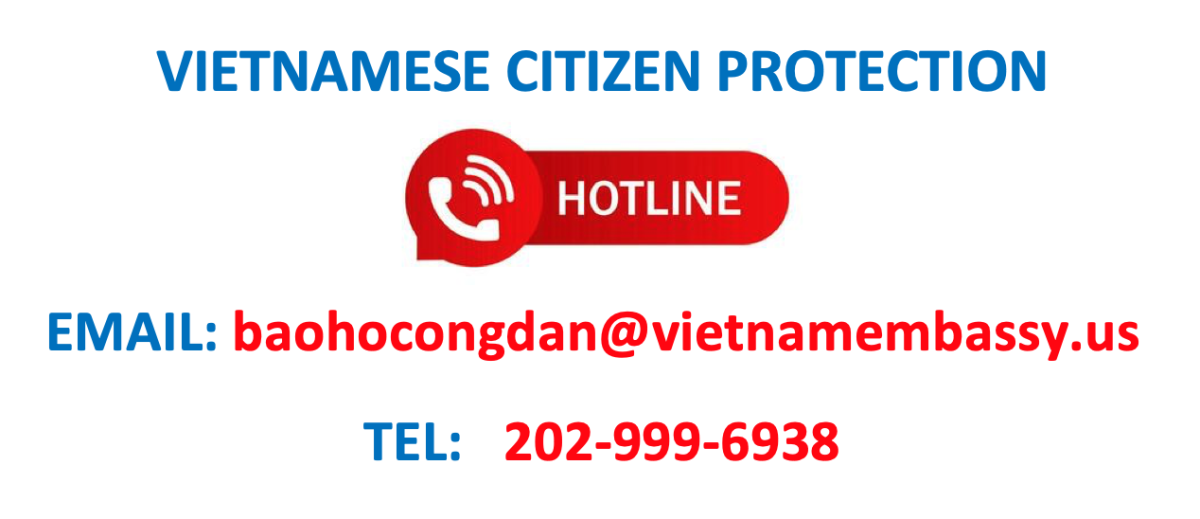Vietnam mobile market heats up
16:21' 16/05/2005 (GMT+7)
VietNamNet – The mobile market in Vietnam is proving to be very lucrative, and is expected to have a high growth rate in future, according to experts at the second Mobile Vietnam Meeting.
In 2005, two additional providers were licensed to establish mobile phone services - the 092 network for Hanoi Telecom Corporation, and the 096 network for the Vietnam Power Telecom Corporation (VP telecom - bringing the number of domestic mobile phone service providers to six.
“Unquestionably, competition will be tougher in terms of both service quality and charges with more cellular service suppliers in the market” said Bui Quoc Viet, Director of the VNPT Information Center in a discussion with journalists during the meeting.
Nguyen Manh Hung, Viettel’s Deputy General Director noted that the domestic mobile market currently includes just 5% of the population, whereas in China and the Philippines users make up 10% and 25% respectively. In 2005, an increase of 3.6% to 12-15% in user density will open new opportunities for mobile service suppliers.
According to RJB Consultants, Vietnam’s mobile market is expected to include 18-20mil subscribers in 2008 and up to 25mil by 2010, mainly in Hanoi and HCM City.
Cut ARPU to lift user density
The mobile market in Vietnam is proving to be very lucrative.
Unofficial statistics from RJB Consultants reveal that the ARPU index (Average Revenue Per User) in Vietnam is estimated around 8USD/month. The average charge is 12USD/month for a Vinaphone prepaid subscriber, and 7.8USD/month for a Viettel subscriber.
According to Sidve Brekke, an expert at DTAC Telecom, mobile service providers should pay more attention to three key areas: upgrading network quality, establishing market-cantered business (including developing trademark, professional management and market segmentation) as well as expanding services to customers with an ARPU of 5USD/month in rural areas.
An example can be seen in Thailand where in the last 5 years, DTAC has increased the mobile subscriber density in Thailand from 10% to 50% of the population. “This model is quite applicable in Vietnam as the two countries’ mobile markets share many similar features,” he said.
Mobile network development on 3G basis
Almost mobile suppliers show their determination to upgrade network quality and apply the latest technical advances into operation. “Mobifone Telecom will quickly move to the third generation system (3G technology) by the end of this year,” said Do Vu Anh, Head of Mobifone’s Technical Office.
In 2004, Mobifone applied GPRS (General Packet Radio Service) in Hanoi and HCM City on a trial basis and one year later, GPRS has been applied in almost every province, approaching 3000-5000 users per day.
Nguyen Manh Bang, an expert of VP Telecom reveals that his enterprise is mapping out a 3G network with 450 layouts. Using 3G technology will help save maintenance and transportation fees.
Mr Hung from Deputy General of Viettel Telecom said, “We took GPRS technique into consideration from the first days of our business operation. Our current chipsets in the network are available for a new EDGE technique with extremely rapid data transmission speed”.
Viettel Telecom is planning to put 3G technology in form of WCDMA (Wide Code Division Multiple Access) into operation by 2006. At that time, Viettel mobile network will cover nationwide with more 700 relay stations throughout the country.
In an interview with VietNamNet correspondents, Arve Johnhansen, an expert for Telenor Mobile said: “Customers enjoy increased benefits when there are more mobile providers in the market.” However, another expert from VNPT argued that too many providers would pose serious problems with market capacity and transmission bandwidth. All existing mobile providers claim they are developing 3G mobile network, yet present bandwidth is only capable of supporting 3G provision by four of the six service providers.
Viet Nam Net, May 16, 2005



